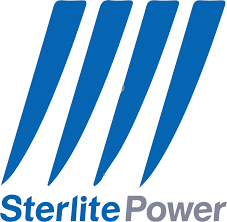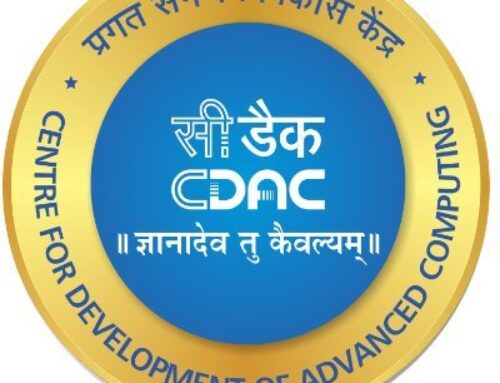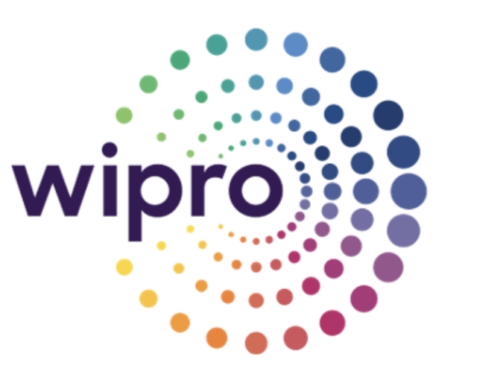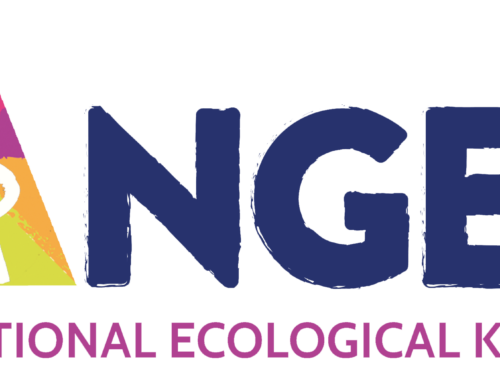Amey Sukhthanker: MTCIL along with Sterlite Power transmission Ltd (SPTL) a Vedanta Group Company is a leading provider of Power and renewable transmission infrastructure across the country and we at Convergence business represent the telecom business Unit of SPTL. Convergence as in the intersection of power and telecom and we are in a mission mode to create the largest Carrier neutral digital infrastructure platform in the country and are disrupting the traditional fibre infrastructure which is terrestrial and not compatible for today’s Hyper growth in enterprise grade digital services requiring an uninterrupted network performance.
We are leveraging the power assets developed by SPTL and are also aggregating from other Utility grade providers to develop compelling digital infrastructure solutions to the large Telecom service providers, Global carriers, and ISPs. We are at the forefront of offering contemporary OPGW (Optical Ground Wire) fibre across the transmission towers and are enabling robust connectivity within the city as well as long haul NLD corridors. Our Passive containerised Co location infrastructure solution which is an award-winning Telecom Infra innovation across sub stations and towers are highly secure and are used extensively by service providers to host telecom equipment’s.
Secondly, we emphasize network resilience and capacity, enabling high-speed data transfer and supporting the growing demand for bandwidth in mobile and broadband services as well as Connecting Data centres in Mumbai and other cities in the roadmap. We focus on safety and environmental sustainability, ensuring that installations comply with regulatory standards while minimizing ecological impact.
Finally, we prioritize customer service and partnerships, collaborating with telecom operators to deliver tailored solutions that meet specific and evolving needs of Next gen Hyper scalers, Content providers and Data Centres thereby fostering superior and highly stable connectivity and digital inclusion.
- Key infra-related challenges faced by the sector? What role can power utilities play in addressing these?
Amey Sukhthanker: The telecom sector faces several key infrastructure-related challenges, primarily including Right of way (ROW) approvals from various authorities which hinders the rollout of terrestrial fibre in urban areas and inadequate rural connectivity due to high capital expenditures, the need for rapid network upgrades is also a challenge. India lags majorly in fibre rollouts vis a vis other developed countries like China and US where fibre density is 3-5 times higher than India and with 75-80% of telecom towers are fiberized against only 30% in India. This impacts end user experience over mobile and home broadband. Data centre connectivity with Stable fibre is a pressing challenge for the industry and we are working with large Hyperscalers to develop bespoke solutions on OPGW fibre within Metro and Inter State networks like Mumbai-Chennai to deliver unmatched service performance.
Power utilities can play a pivotal role in addressing these challenges. By leveraging their existing infrastructure, such as transmission towers and OPGW fibre over power lines, they can facilitate the deployment of telecom networks more efficiently. A unique public private partnership model (PPP)_between power asset companies and us can help fast track this expansion and we are working in that direction. The aggregator like ours comes with a proven expertise of managing large scale telecom contracts and life cycle and thereby create a win paradigm for all the stakeholders.
Collaboration between telecom operators and power utilities through an aggregator like ours can lead to shared investment models, reducing the financial burden on telecom companies. State and central Power utilities can also assist in streamlining regulatory approvals and access to rights-of-way, expediting the installation of telecommunications infrastructure.
- outlook for the telecom sector over the next two years? What will be Sterlite Power’s growth strategy?
Amey Sukhthanker: We are bullish on India’s telecom sector over the next two years and the growth will be driven by several transformative trends. First, the ongoing rollout of 5G technology is set to revolutionize connectivity, offering enhanced data speeds, lower latency, and the capacity to support a multitude of IoT devices. This will not only improve consumer experiences but also enable new applications across various sectors, including healthcare, agriculture, and smart cities. Additionally, the demand for digital services continues to surge, with increased adoption of online education, e-commerce, and remote work. This trend is expected to fuel further investment in network infrastructure, particularly in underserved rural areas, bridging the digital divide.
However, challenges remain, including intense competition, pricing pressures, and the need for sustainable business models. Companies must adapt to these dynamics while focusing on enhancing customer experience and expanding service offerings.
Sterlite Power’s growth strategy in telecom infrastructure is centered on leveraging its extensive expertise in power transmission to capitalize on the growing demand for robust telecommunications networks. Key elements of this strategy include:
1.Unlock value on brownfield OPGW assets across the country by Public Private Partnerships and Collaboration: We are forging strategic alliances with telecom operators and government agencies to facilitate infrastructure sharing and co-development initiatives. This collaborative model can reduce capital expenditures and enhance the speed to rollout digital services across the country with desired customer experience only possible on OPGW fibre as a medium of connecting various Telecom nodes and POPs.
2. Innovation and Technology By embracing cutting-edge technologies, Sterlite Power intends to enhance the efficiency and reliability of its telecom solutions. This includes investing in in house high capacity OPGW fibre solutions across long haul and Metro routes connecting Data Centres in the country which has witnessed exponential growth in bandwidth requirements. This initiative will see considerable thrust in coming quarters of FY 25 and FY 26.
- Focus on adjacencies for market Diversification: Expanding into new geographical markets, particularly in emerging Tier 2 and 3 cities, is also a crucial aspect of Sterlite’s growth strategy. By identifying and addressing regional connectivity challenges, the business is evaluating new revenue streams like Edge Data Centres where it will leverage its Passive infrastructure across the transmission network and build a service platform for OTTs and Content providers to host its servers closer to the customers and improve the service experience through lower latency.
Through these initiatives, We aim to position as a key player in the telecom infrastructure sector, driving connectivity and digital transformation across India .







